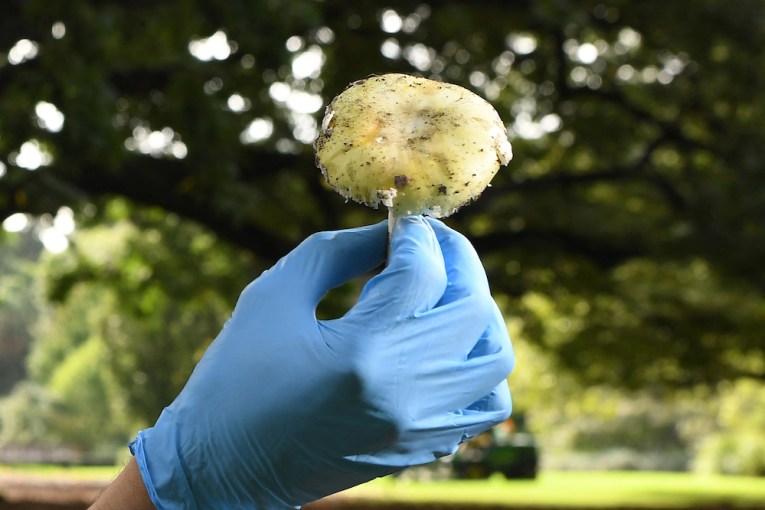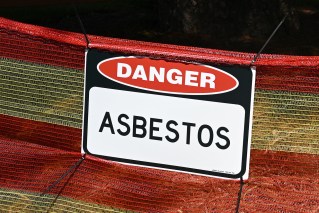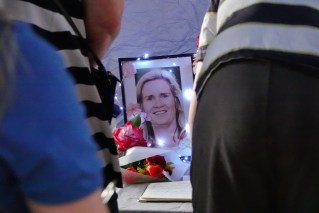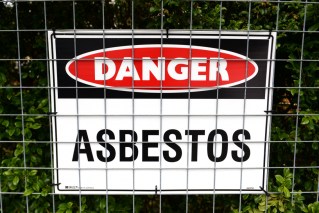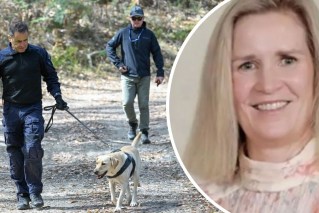Melbourne Cup: Are international horses more likely to be injured?
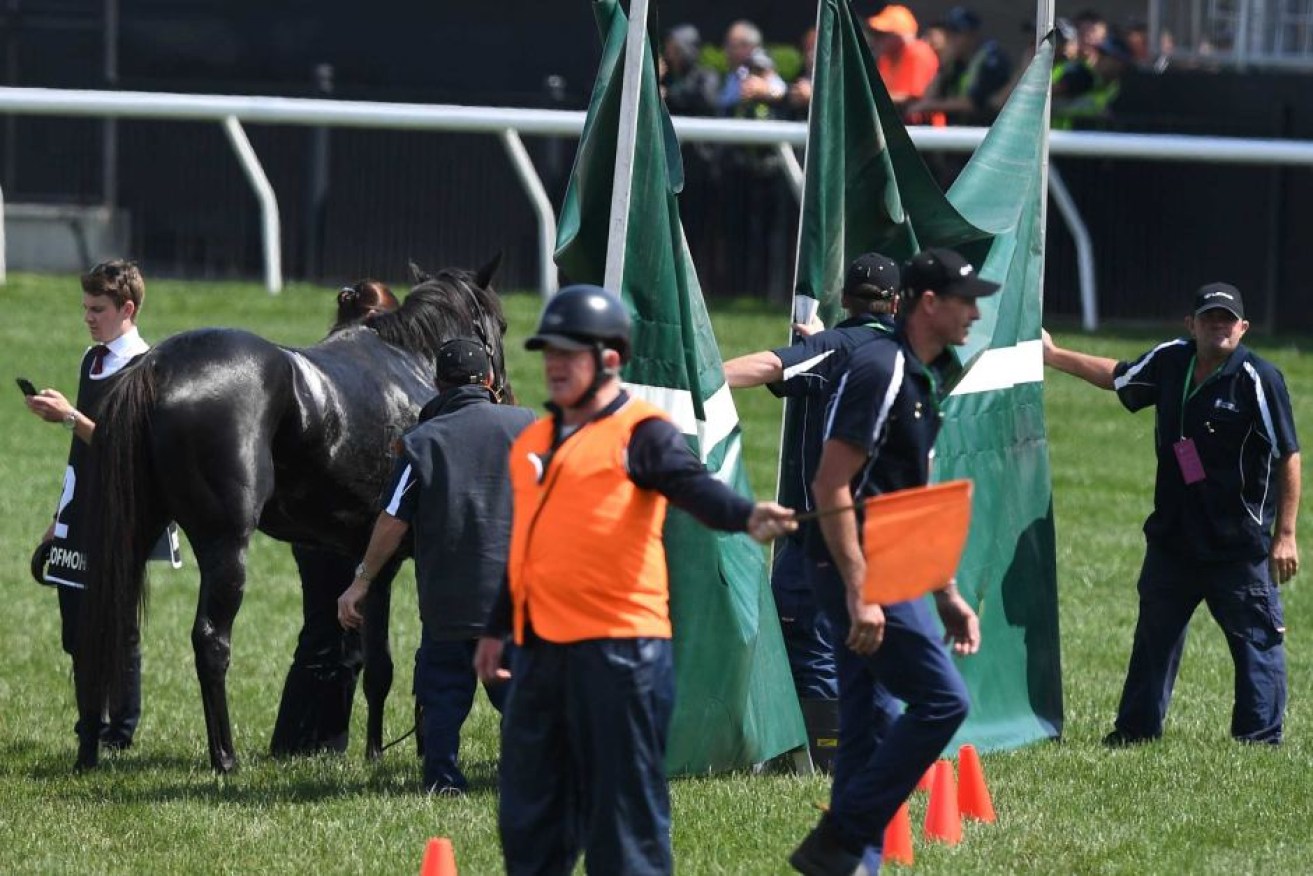
The death of The Cliffsofmoher in the Melbourne Cup has reignited calls for stricter safety standards in racing. Photo: AAP
The numbers of racehorse deaths in recent Melbourne Cups have prompted Australian researchers to investigate whether the international horses that travel to Australia for the race are at higher risk of injury.
The Melbourne Cup has become an increasingly international race in recent years. Beginning with Irish galloper Vintage Crop’s win in 1993 – and the entry of British galloper Drum Taps – the overseas influence has grown rapidly.
In this year’s Cup, 11 of the 24 horses were trained internationally and a further half-dozen entries had been brought from overseas for local trainers.
Tragically, one of the 11 overseas-trained horses, The Cliffsofmoher, broke down passing the winning post the first time, breaking his right shoulder – he received medical attention but was euthanased on the track as the injury was deemed too severe for successful treatment.
In addition to a post-mortem, Racing Victoria has announced it would conduct an inquiry into the incident.
Professor Chris Whitton leads equine orthopaedic research at the University of Melbourne – his centre is partly funded by Racing Victoria.
“Australia is the safest for fatal injuries as far as we know. When we look at other areas, the UK’s rate is around 0.8 per 1,000 starts and the USA is 1.6 per 1,000 starts,” he said.
“So Australia is one of the safest areas to race. We assume that is predominantly because we race on turf, which is safer than dirt, which is what they race on in the US, and our very strict drug regulations.
“There is an association between the use of analgesic-type drugs and greater injury rates. The rules in Australia are very strict on the use of drugs in racing.
“Some of the risk factors we know about are [that] longer races are higher-risk, older horses are at higher risk and horses of greater ability are of higher risk.”
The question of international racehorses coming to Australia for the Cup has been raised as an issue.
The horses who have died in the race in the last five years have all been brought from overseas to be aimed at the big race – either in the immediate quarantine period during the Melbourne Spring Carnival, or earlier to acclimatise to Australian conditions.
Not all of the injuries have taken place during the race – in 2014, the French-bred horse Araldo finished seventh in the Cup, but was spooked by people waving flags on the way back to the mounting yard. He crashed into the rail, broke his leg and was later euthanased.
The same year, Admire Rakti was eased down long before the end of the race, before collapsing and dying in his stall afterwards.
Aside from the identities of the horses to die in recent years, no formal link has yet been made between injuries and international horses in Australia.
However, Professor Whitton and his team are conducting research into the issue, with initial results expected some time next year.
“It is something that we are concerned about and currently have a study running, trying to investigate what is going on with international horses because we want to be ahead of the game,” he said.
“One of the things, certainly anecdotally that we hear, is a lot of them are coming from the UK where the tracks are softer than they are here, so they come to these faster tracks and perhaps their skill has not adapted as well as it should be.
“It’s something we are trying to look into and trying to understand the effects of travel on horses.”
Professor Whitton said it was possible that training techniques could help injury prevention.
“Because it is due to the accumulation of loading over time, so the number of miles the horses do at high speed and the ability of the skeleton to adapt to that and the ability of the skeleton to repair damage that occurs, it should be something – if we understand it well enough – we can do something about,” he said.
“That is what our [overall] research is all about, trying to understand how to adapt the skeleton to what it has to do and allow for enough time for repair to occur, so any micro damage that develops is removed so we train horses at a level that is safe.”
Concerns rising over Cup deaths
Public concerns about the numbers of recent deaths have increased, with the hashtag #NupToTheCup trending on Twitter on Cup Day.
“It happens all too frequently, we see a horse killed every three days on our racetracks,” said Elio Celotto from the Coalition for the Protection of Race Horses.
“I think the community can’t have confidence to know that all the risks have been identified and that we are managing horses and their racing in the best way possible,” Liz Walker from RSPCA Victoria said.
The Cliffsofmoher was reportedly sweating up badly before the race. There have been suggestions the horse looked poorly enough it should have been vetted before the Cup.
A spokesman for Equine Veterinarians Australia, Dr Ian Fulton, was trackside for the Melbourne Cup at Flemington.
He said the incident had been handled extremely well after The Cliffsofmoher’s injury, providing immediate attention and looking after the welfare of the stricken horse.
“I think sadly it was a racing accident. I don’t think there was any way to predict this was going to happen,” he said.
Dr Fulton added that there was no evidence to suggest sweating up was a warning signal of the sort of injury suffered by the Aidan O’Brien-trained horse.
He also said vets were often asked to check horses before races because of concerns that did not stem from a physical injury.
“Jockeys often get to the barrier and ask vets ‘can you check my horse, because something doesn’t feel right’,” he said.
“I think that the correct answer is regular and frequent examinations by independent veterinarians, which [do] occur for these Cup horses.”
Asked about the increasing numbers of horse deaths in recent years, Dr Fulton said it was hard to answer why the cases had increased.
“The figures are there, over the last 40 years there have been six horses euthanased trackside during the Melbourne Cup,” he said.
“There is a cluster of cases recently. But there’s a lot of racing that occurs around the world, and sometimes injuries happen through accidents – like in the second-last race on Cup day, where [Galaxy Raider] fell because it was too close to the horse in front.”
–ABC
